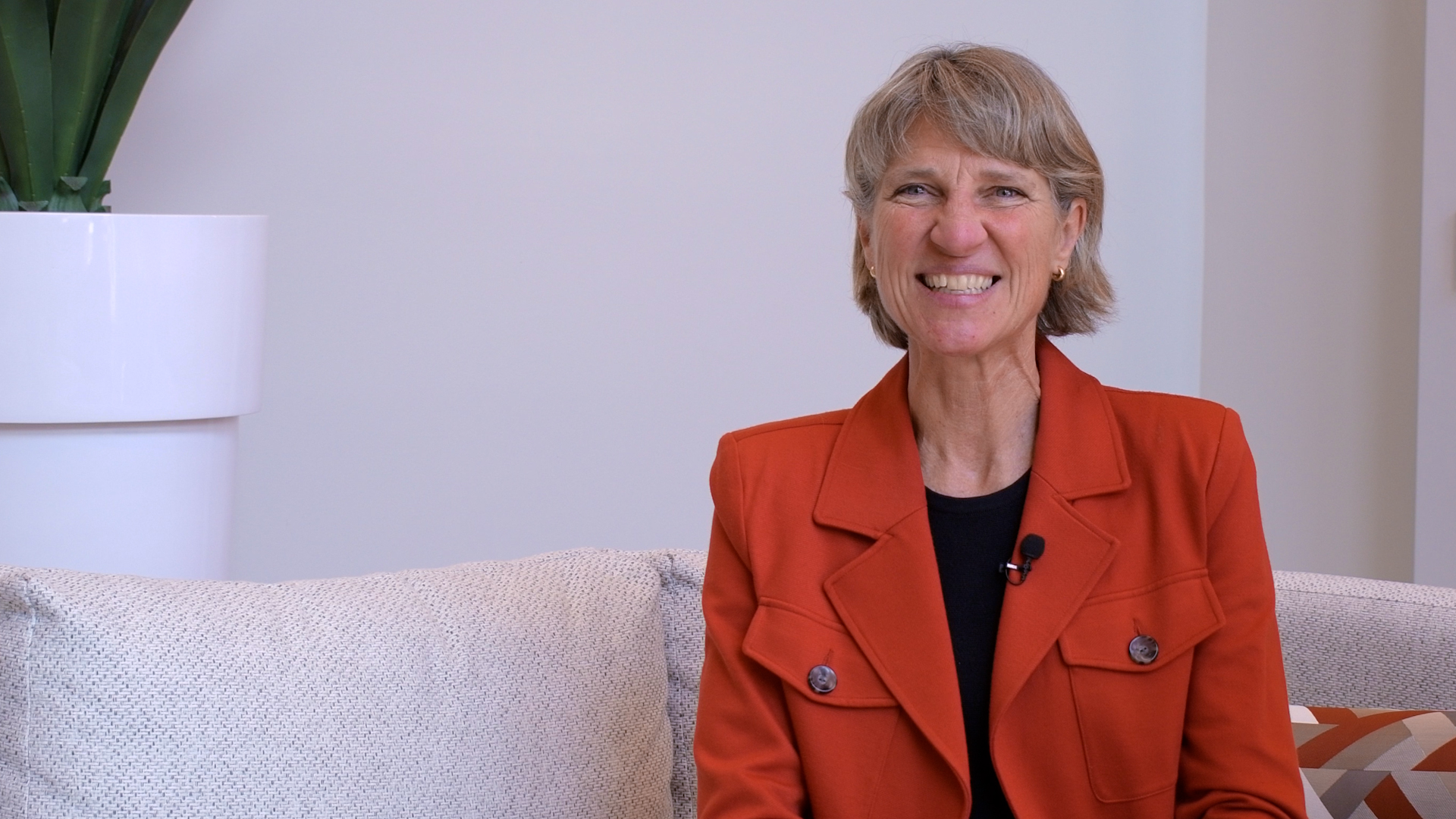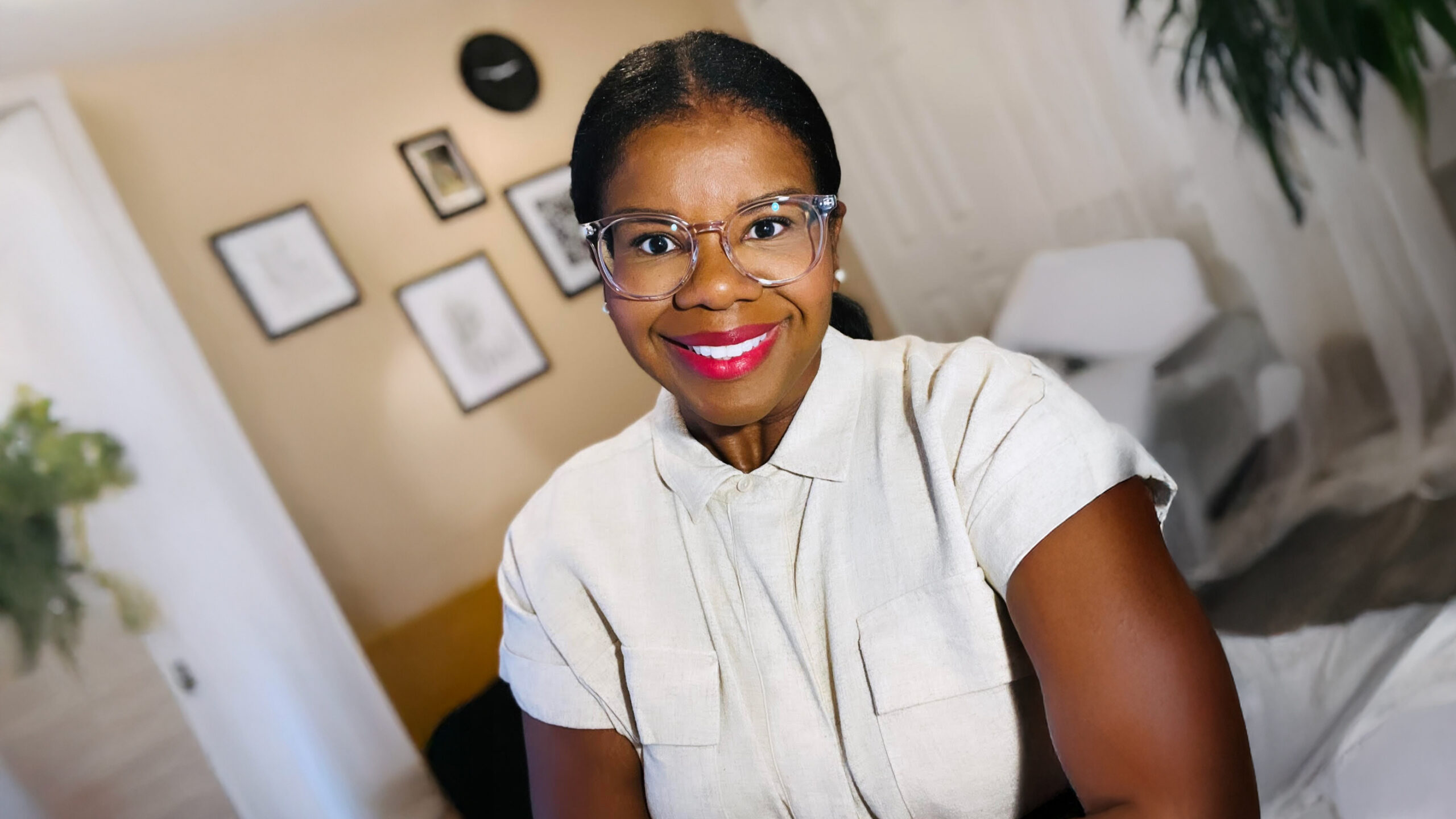$1.4M Grant Will Help Assistant Professors Erin Krupa, Robin Anderson Inspire High School Students to Develop Better Understanding of Mathematics Through Design and Pitch Competitions

NC State College of Education Assistant Professors Erin Krupa, Ph.D., and Robin Anderson, Ph.D., are encouraging high school students to embrace their entrepreneurial side while learning about mathematics concepts through a three-year, $1.4 million grant from the National Science Foundation.
Through “Design and Pitch Challenges in STEM: Merging Entrepreneurship and Mathematics Learning,” Krupa and Anderson will develop nine design challenges rooted in the high school mathematics curriculum that will encourage students to build, test and refine prototype STEM products, design business plans to demonstrate product viability and pitch their products to a panel of judges.
The project will include 11 capstone events in low-income and ethnically and racially diverse school districts across the United States.
“Through engaging with our entrepreneurial challenges, we want students to develop characteristics for success in their real-world careers. We want to cultivate an experience where students realize the potential of entrepreneurship as a valuable career pathway that can help them identify a problem they are interested in and innovate a solution,” said Krupa, who is the principal investigator on the project.
Each challenge will also introduce students to a different “Challenge Champion,” who is a real world entrepreneur or STEM professional, in order to provide students with an opportunity to consider an array of available STEM careers.
The “Design and Pitch Challenges in STEM” project is based upon the work from Joseph D. Moore Distinguished Professor Emeritus of Mathematics Education Jere Confrey, Ph.D, who, with funding from the National Science Foundation in 2018, developed the Design and Pitch Framework for middle schoolers. That three-year project, on which Krupa served as a co-principal investigator and then principal investigator after Confrey’s retirement, utilized design and pitch challenges to motivate STEM learning for middle school students, particularly among girls and historically minoritized groups.
Krupa said that her experience as a co-principal investigator on the initial grant-funded project has helped her to develop a better understanding of the types of challenges that engage students and how to design competitions that reflect and respond to their interests.
[spotlight-box label=”” img=”” heading=”Learn More About Erin Krupa’s Research in Mathematics” cta=”” url=””]
Since joining the NC State College of Education in 2018, Erin Krupa, Ph.D., has served as a principal investigator or co-principal investigator on several National Science Foundation-funded projects that will enhance student learning of STEM concepts and improve research in the field. Learn more about her ongoing projects below:
- Assistant Professor Erin Krupa Works to Create Repository of Validity Evidence for Quantitative Measures in Mathematics through $2.1M NSF Grant
- Assistant Professor Erin Krupa Hopes to Help Students Better Understand Geometry Through $450,000 NSF Grant
- NSF Grant Will Broaden Project-Based Inquiry (PBI) Global to Include STEM Learning Through An NC Rural/Urban School Partnership
[/spotlight-box]
For example, students in a North Carolina class geared toward preparing students to be first-generation college students overwhelmingly shared a desire to explore ideas related to social change and improving their local communities, As a result, the research team designed the “Pollution Solution” project as well as the “Fix It: Design For Community Impact” project, which highlighted Time magazine’s 2020 Kid of the Year — 11-year-old Gitanjali Rao, who designed a device to detect lead in water after the Flint, Mich., crisis — as the Challenge Champion.
Michael Belcher ‘20PHD, a research associate on both the middle and high school projects, said that one of the most exciting aspects of the work has been seeing how invested students become in developing solutions to real-world problems.
“They take so much pride in their solutions that they are willing to think deeply about mathematics and are excited to defend that thinking, not only to their peers and teachers, but also to the STEM professionals who serve as judges,” he said. “Students are so knowledgeable about their businesses that they become the experts, which helps them evaluate for themselves whether their answers are correct, instead of relying only on the teacher, and gives them the confidence to defend those answers when challenged.”
Belcher said that results from the initial “Design and Pitch” competitions show that students report that while they may not have previously considered entrepreneurship or design activities, like developing an app, as a career possibility, participation in the project has opened their eyes to new options and applications for these skills, even if they don’t aspire to pursue a STEM career.
“This project has made us think hard about how to shift from helping students become interested in specific careers to instead helping them to connect their relevant out of school interests and problems to STEM and STEM careers in a meaningful and authentic way,” Belcher said.
The new “Design and Pitch Challenges in STEM” project will keep the conceptualization of the original, while adding the creation of an online network to provide ongoing support for educators throughout their implementation of the design and pitch challenges.
Anderson, a co-principal investigator on the new project, said the website will feature a place for teachers to share and collaborate around lesson plans, a message board to connect teachers to one another and a repository of materials, curated by the research team, to provide teachers with additional resources and pedagogical strategies.
“The idea of the platform is inspired by a sandbox on the playground. Teachers will not be required to follow a predetermined learning path, just like children in a sandbox aren’t required to play a certain activity. Teachers will be able to guide their own learning experiences,” Anderson said. “I am really excited to bring my knowledge of teacher self-directed learning in online spaces to this work. I believe that teacher learning and support must be more flexible to the self-identified needs of the teacher and this project provides a rich environment to study how this can be supported and enhanced.”
Partner teachers, the team said, have been a crucial element of helping to move the design and pitch competitions to a virtual environment during the coronavirus pandemic. Not only has the shift inspired creativity and flexibility from educators, but it allowed the team to work with schools they would not normally have had the chance to collaborate with, including a virtual pitch competition with a teacher in Utah and a series of virtual design and pitch workshops in the summer of 2020 for 12 ambassador teachers across the United States and in Ecuador.
Following completion of the three-year “Design and Pitch Challenges in STEM” project, materials from the pitch competitions will be made freely available online through their NC State project website and through the JASON network, a firm that specializes in curriculum and learning experience design and professional development.
“We have learned a great deal about online professional development, hosting virtual design and pitch competitions and disseminating our work as a result of the COVID-19 pandemic. We had to completely reimagine our research and outreach to respond,” Krupa said. “It is our hope that by having the materials freely available, with support materials, that we can reach a wide audience.”
- Categories:


